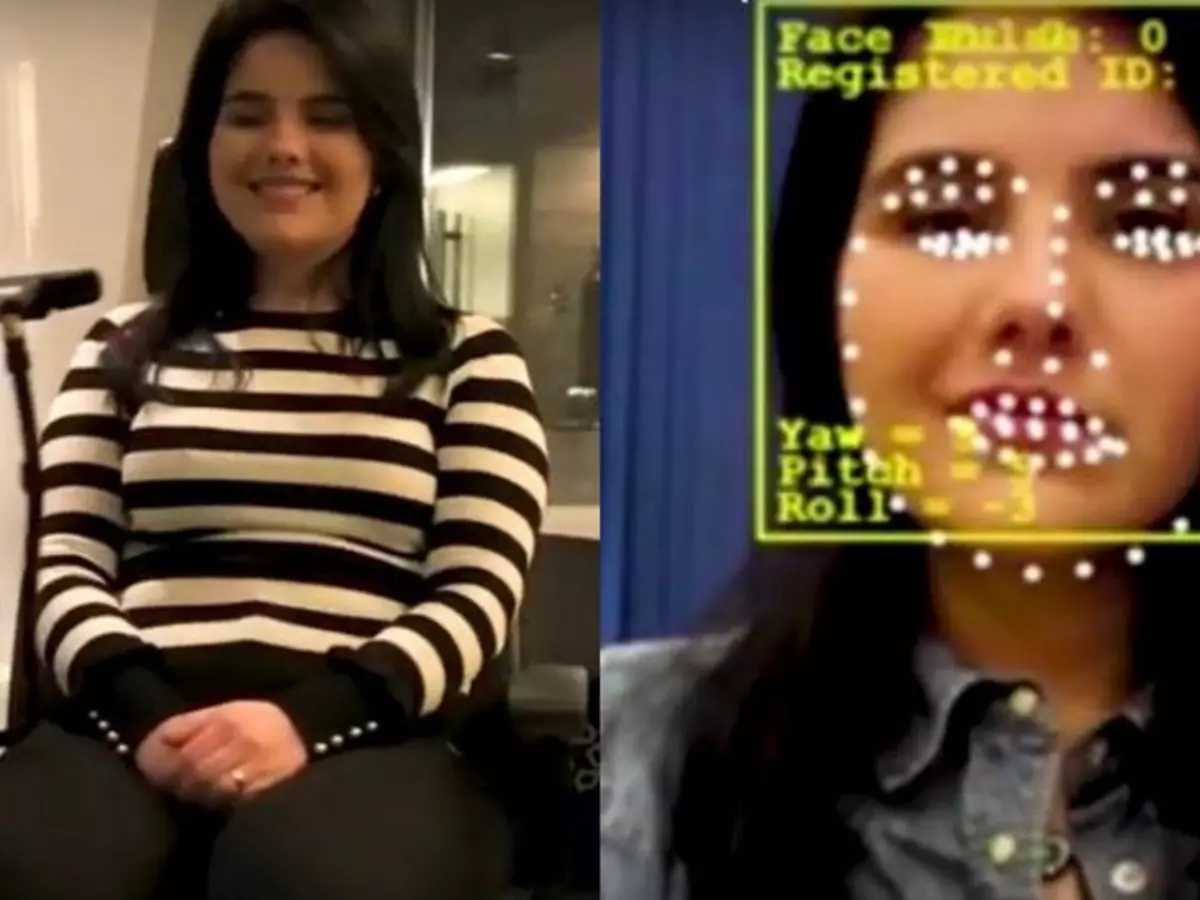World's 1st AI-Powered Wheelchair Moves With Your Face, Simplifying How Disabled People Travel
HOOBOX Robotics Wheelie 7 kit allows users to pick from ten facial expressions to control their motorized wheelchair &ndash moving forward turning and stopping. Instead of invasive body sensors the wheelie 7 uses a 3D Intel RealSense Depth Camera SR300 mounted on the wheelchair to stream data that AI algorithms process in real time to control the chair.

On World Disability Day 2018, here's a piece of news that shows how technology advances can enhance people's lives.
A US-manufacturer of robotic devices has paired up with Intel's AI prowess to create a wheelchair kit that can let any person of disability control the wheelchair's movement with just their facial expressions.

smart wheelchair with intel AI
ALSO READ: This Is How Two Indians & Some Amazing Technology Helped Stephen Hawking Talk Like Never Before
Taking just seven minutes to install, the HOOBOX Robotics' Wheelie 7 kit allows users to pick from ten facial expressions to control their motorized wheelchair ¨C moving forward, turning and stopping.
Instead of invasive body sensors, the Wheelie 7 uses a 3D Intel RealSense Depth Camera SR300 mounted on the wheelchair to stream data that AI algorithms process in real time to control the chair, giving the users an intuitive and amazingly easy way to navigate the wheelchair.
"The Wheelie 7 is the first product to use facial expressions to control a wheelchair. This requires incredible precision and accuracy, and it would not be possible without Intel technology," said Dr. Paulo Pinheiro, co-founder and CEO of HOOBOX Robotics. "We are helping people regain their autonomy."

Intel
ALSO READ: Decoding Apple iPhone X's FaceID & How Face Recognition Tech Will Soon Make Passwords Extinct
"Today on International Day of Persons with Disabilities, it's important to recognize the ways technology can help people regain mobility and control of their lives. The Wheelie 7 kit from HOOBOX Robotics is a great example of using AI to enable people with limited mobility to move around using natural facial movements," said Anna Bethke, leader of AI for Social Good, Intel.
This is a great example of one of the applications of computer vision driven AI, and how it can make meaningful -- in some case life-changing -- differences in the lives of people with disability around the world.








